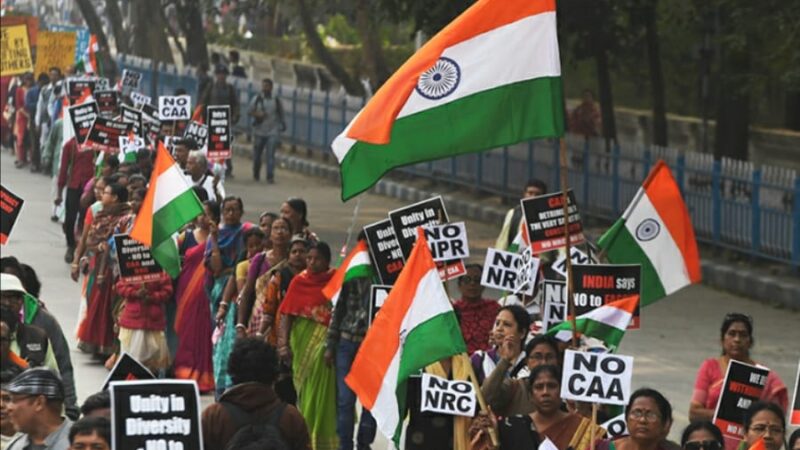Female Genital Mutilation in African Society

The practice of genital mutilation is looked down or detested by the world but it holds importance in African society because of the community’s age-old cultural and religious beliefs.
Female Circumcision or Genital Mutilation is a common practice in African societies. The mere idea of these surgeries being performed is horrifying. It is further shocking to know that these surgeries are performed on young girls without anesthesia, in unsanitary conditions with knife, razor or a broken bottle performed by a person with no medical training. The practice of genital mutilation is a form of ritual in African societies. One can only imagine the amount of mental and physical trauma the victim experiences.
Female circumcision is regarded as a coming-of-age ritual that ensures chastity, promotes cleanliness and fertility, and enhances the beauty of a woman’s body. After the surgery, secret ceremonies and instructions in cooking, crafts and childcare are provided, and the girls are also considered to be of marriageable age. Circumcision helps girls please their parents and earn a respectful status in their community. Similarly, in India, puberty or menarche is regarded as a coming-of-age for women. A huge ceremonial ritual is conducted where the girl is offered gifts. This ritual originated in the ancient period when women were married at the tender age of 10 to 15 years. In order to publicize the fact that the girl has now become a woman and is ready for marriage, such a ceremony was conducted. These ceremonies for girls are still conducted in remote villages in South India.It is fascinating to see how different societies have different ways of performing the ‘coming of age’ ritual for women.
According to Abusharaf in her article,Unmasking Tradition: A Sudanese Anthropologist Confronts Female ‘Circumcision’ and Its Terrible Tenacity, “Any change that requires a readjustment of long-established social mores makes people highly uncomfortable”. I agree with this claim. And history has also proven this statement to be true. Cultural practices are traditions that are passed down in the family or community. Rites and rituals hold extreme importance in the society because it is deeply engrained in the lives of the people and it is according to these rituals that they define their life or community. Whenever any society tries to bring about a change it initially faces resistance. For example, western countries were initially against the issues of abortion and homosexuality. But with time, society evolves and humans try to prove the invalidity of the evil and oppressive practices such as anti-homosexuality or anti- abortion. Just like western societies brought about change by condemning certain practices, India brought about change by abolishing the age-old practice of Sati, dowry, child marriage and much more. These practices must have had a logical reason in the past; for example, Sati was performed because it was believed that after the death of the husband, wife does not have any role in the society, so she must end her life along with her husband.
Similarly, the practice of genital mutilation in Africa has a historical background. People believed that if ‘women’s clitoris was not removed, contact with it will kill a baby during childbirth, the female genitalia will continue to grow to become a full grown penis, vaginal secretions are lethal to sperms and dull women’s sexual enjoyment’ (Abusharaf 1998: 128-129). It must have been valid to have such ideas when science and medicine or human rights were not common. But today, in the 21st century when we have the gift of science and medicine it is imperative that African people understand the brutality of the actions they are committing.
———-
ABOUT THE AUTHOR: This article is written by Manjulika Chellappan, our intern.






